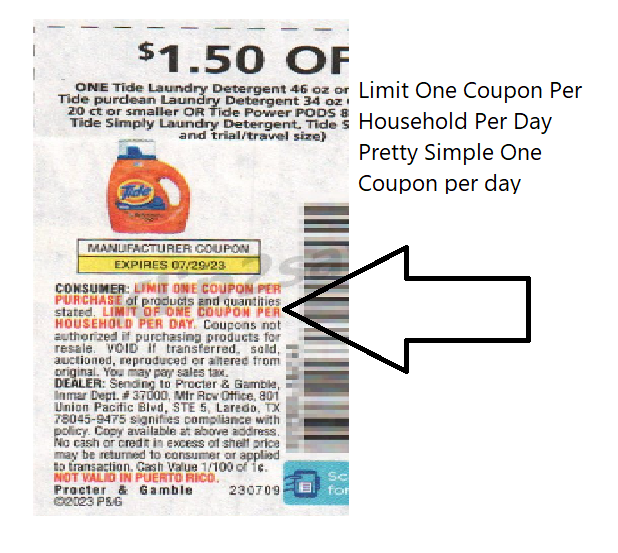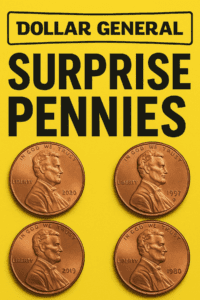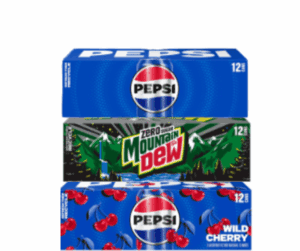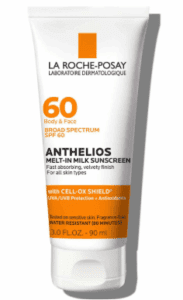Are you tired of feeling like a clueless coupon connoisseur? Don't worry, you're not alone! With all the fancy terms and fine print, it's easy to get overwhelmed and fall into the trap of thinking you've scored an amazing deal, only to be sorely disappointed at the checkout counter. But fear no more! In this blog post, we'll debunk the deceptive language used on coupons so that you can shop smarter and save big. Get ready to become a savvy shopper as we unveil the secrets behind those enticing discounts – because knowledge truly is power when it comes to deciphering coupon jargon!
Coupons are typically issued by manufacturers or retailers as a way to promote their products or services. They can also be used as a form of marketing research to gauge consumer interest in new products or special promotions. Manufacturers set coupon terms, or "rules" that need to be followed in order to use those coupons. There are many people who get confused by some of the wording on some of these coupons concerning how many coupons you can actually use, so let's take a look.
Each coupon tells you everything that you need to know to use that coupon such as what product to buy, how many, and then there is the fine print. The fine print is where you find your terms of service per say. So what is it, transaction, trip, purchase,? What does it all mean.


"One coupon per purchase": This means that shoppers can use one coupon per item, with the item considered to be the purchase. For example, if a shopper had 10 identical jars of spaghetti sauce and 10 grocery coupons for that spaghetti sauce, she could use all 10 coupons for her order, which is literally 10 purchases. Per Purchase is your purchase, Transaction is your entire transaction, so if you have one coupon per transaction then that is one coupon per one transaction or your entire sale of items.
Coupons can be a great way to save money, but you have to make sure that you're reading the fine print and understanding exactly what each coupon is offering. By learning about common coupon language and terms, you can ensure that you don't get fooled by deceptive wording or confusing phrasing. As long as you know what each term means, coupons can help reduce your grocery bill significantly!
coupon-terms-and-what-they-really-mean








